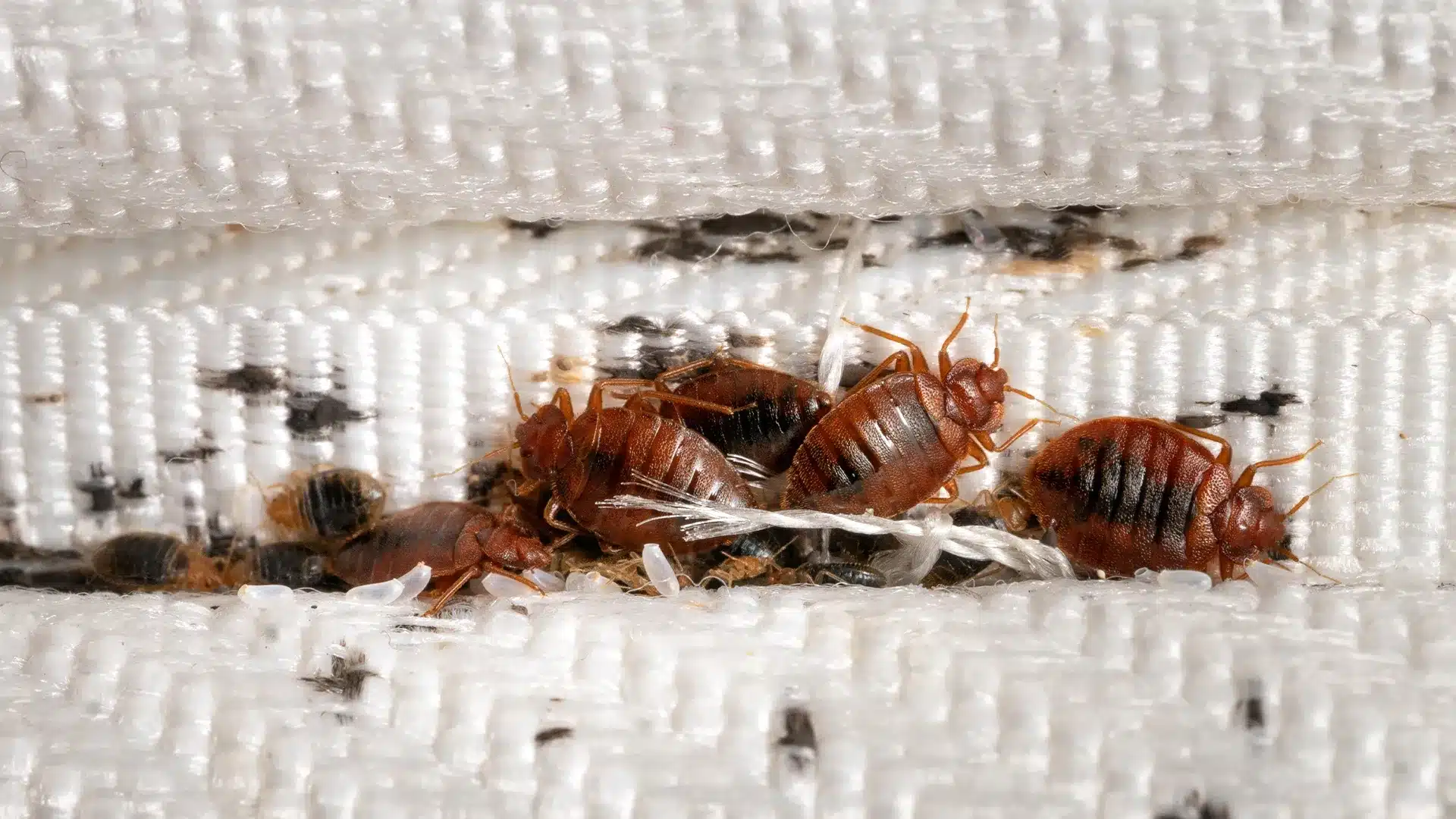Exploring the Scientific Research Behind Bed Pest Warm Treatments as a Lasting Insect Monitoring Method
In the realm of bug management, the pursuit for efficient and lasting solutions stays a consistent quest. One such approach that has gotten grip in recent times is making use of heat treatments to deal with bed bug invasions. By using the science behind thermal death factors for these relentless pests, warm therapies supply a promising option to typical chemical-based methods. The ins and outs of just how warm properly eliminates bed bugs and the wider effects for sustainable pest administration methods make this a topic worth checking out further.
Bed Pest Warmth Therapy Refine

Thermal Fatality Point for Bed Insects
Revealing bed bugs to raised temperature levels past their thermal resistance array is critical for attaining reliable obliteration in warmth therapy procedures. By reaching and preserving temperatures above the thermal death factor for bed insects, insect management professionals can ensure comprehensive removal of bed pest populations, including hard-to-reach areas where chemical therapies might be less effective. Understanding the thermal fatality point for bed bugs is essential for implementing effective warm treatment strategies and attaining lasting insect management end results.
Benefits of Warm Treatments
Having actually developed the vital thermal death factor for bed bugs, it is essential to now check out the substantial advantages that warm therapies use in effectively getting rid of these resilient bugs. Warmth treatments present a number of essential benefits when contrasted to conventional chemical methods. One of the primary advantages is that heat can penetrate deep into fractures and holes where bed insects hide, making certain that even one of the most hard-to-reach areas are heated up to deadly temperatures. This extensive method not only eliminates live bugs however also targets bed insect eggs, avoiding future infestations.
Furthermore, warm therapies are eco friendly and non-toxic, making them a lasting bug monitoring approach. Unlike chemical pesticides, warm therapies do not leave damaging deposits that can pose threats to human health or the atmosphere. This element is especially vital in delicate settings such as medical facilities, schools, Recommended Reading and houses where chemical use may not be preferable.
In addition, warm therapies have a high success rate in removing bed bug problems in a single therapy, reducing the demand for multiple brows through and minimizing disruption to owners. This efficiency not only conserves time and cash but likewise supplies assurance to those taking care of bed pest troubles.
Performance of Warmth Treatment

Study research studies have continually shown the efficiency of warmth treatments in accomplishing a high rate of bed insect mortality. Properly performed warm treatments can get to all the cracks and gaps where bed pests may be nurturing, ensuring a comprehensive technique to extermination. Warm treatments have the included advantage of eliminating bed pest eggs, which are usually immune to traditional chemical therapies. Overall, the efficiency of warm treatments in removing bed insect invasions makes them a reliable and lasting parasite monitoring approach.
Sustainable Insect Administration Advantages
Implementing lasting parasite administration methods uses long-lasting benefits for both the atmosphere and public health and wellness. By utilizing approaches such as warm helpful resources therapies for bug control, we can decrease the reliance on damaging chemical pesticides that can have adverse results on ecosystems and human health - bed bug heat treatment. Lasting parasite monitoring approaches help in preserving biodiversity by targeting specific bugs without harming non-target microorganisms, thus maintaining a balanced ecological community
Additionally, sustainable insect administration techniques add to the overall health and wellness and wellness of the general public. By lessening direct exposure to poisonous chemicals utilized in traditional pest control approaches, warmth therapies provide a safer choice for bug management in domestic, commercial, and public rooms. This decrease in chemical usage likewise assists in protecting against pesticide residues from contaminating air, dirt, and water, securing ecological quality.
Conclusion
To conclude, bed insect warm treatments have actually been shown to be a effective and lasting pest administration technique. The thermal fatality factor for bed pests makes them vulnerable to warm therapies, which have many advantages over typical chemical therapies. The performance of warmth therapies in getting rid of bed pest invasions while minimizing ecological influence highlights the potential of this approach as a lasting option for pest control.
The bed insect warm treatment process entails raising the temperature within ravaged areas to a level that properly removes bed insects and their eggs. By reaching and keeping temperatures over the thermal fatality factor for bed insects, insect administration experts can make certain detailed removal of bed pest populations, consisting of hard-to-reach locations where chemical treatments may be much less effective. One of the primary advantages is that heat can pass through deep right into crevices and fractures where bed insects hide, guaranteeing that also the most hard-to-reach areas are heated up to lethal temperature levels. Unlike chemical therapies that may leave behind immune populaces, heat treatments provide a eco pleasant and safe option that can pass through deep right into furnishings, wall surfaces, and other hard-to-reach locations where bed insects conceal.
The thermal death factor for bed pests makes them prone to heat treatments, you could try these out which have various benefits over standard chemical treatments.